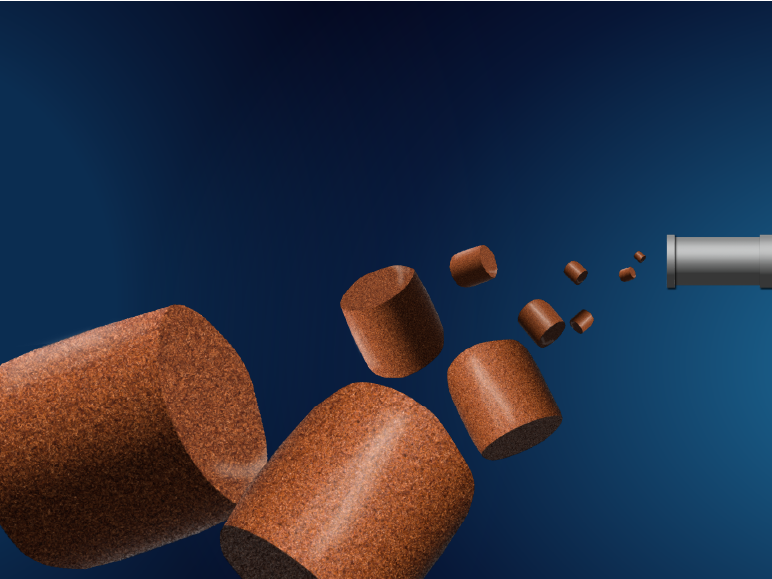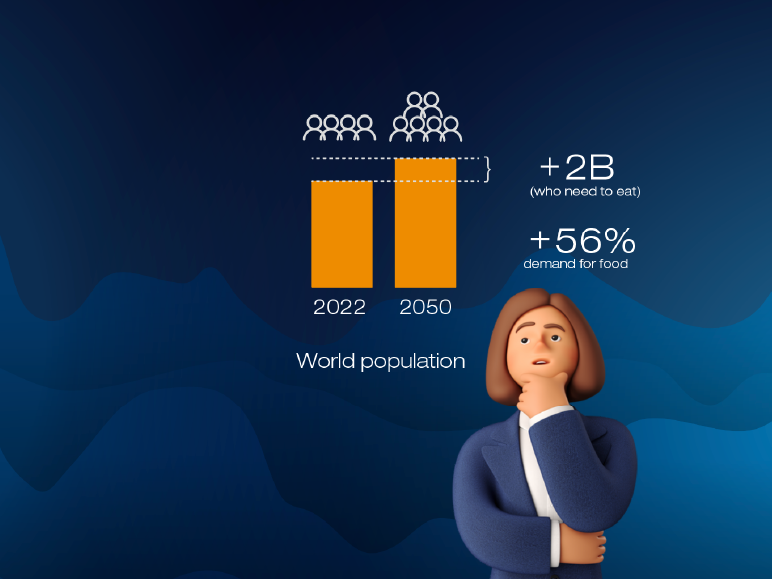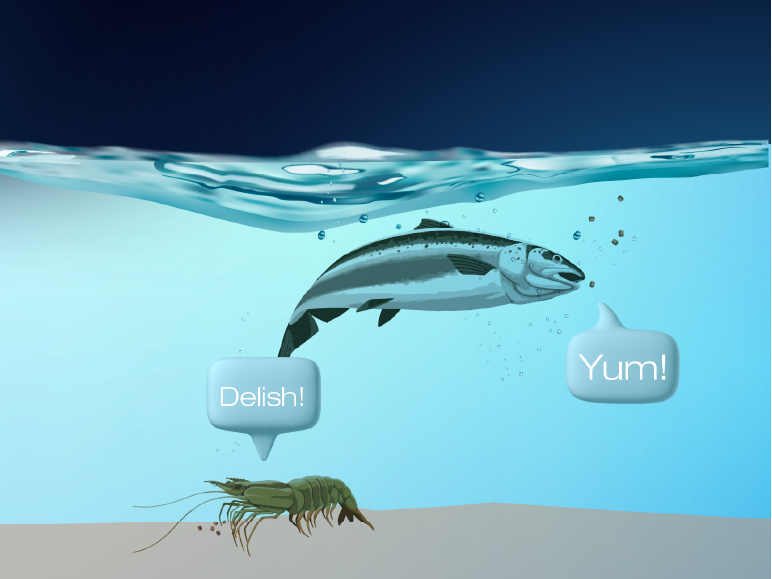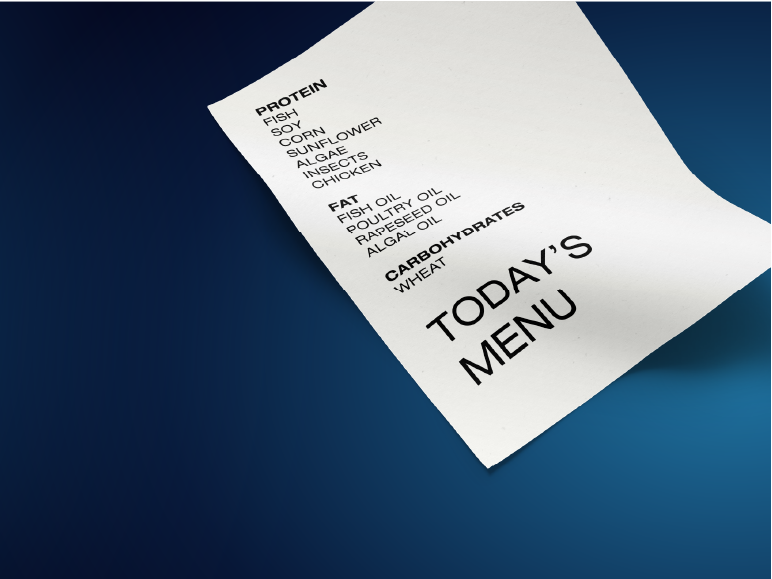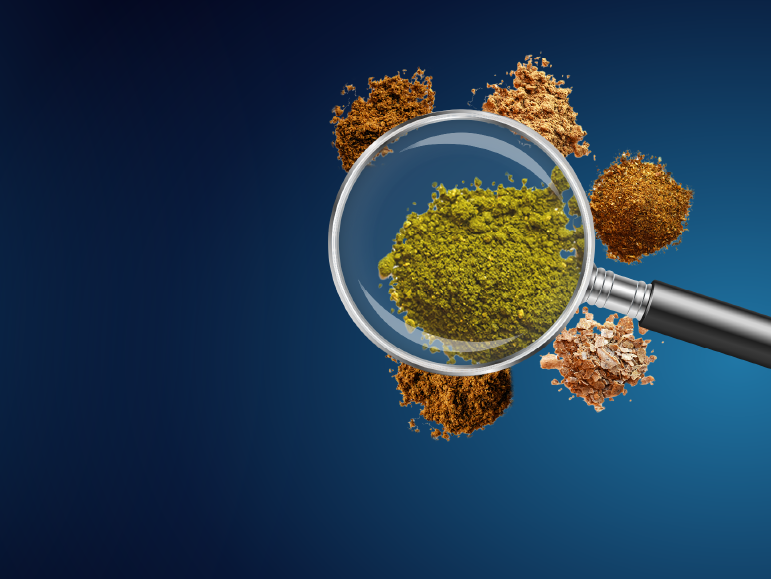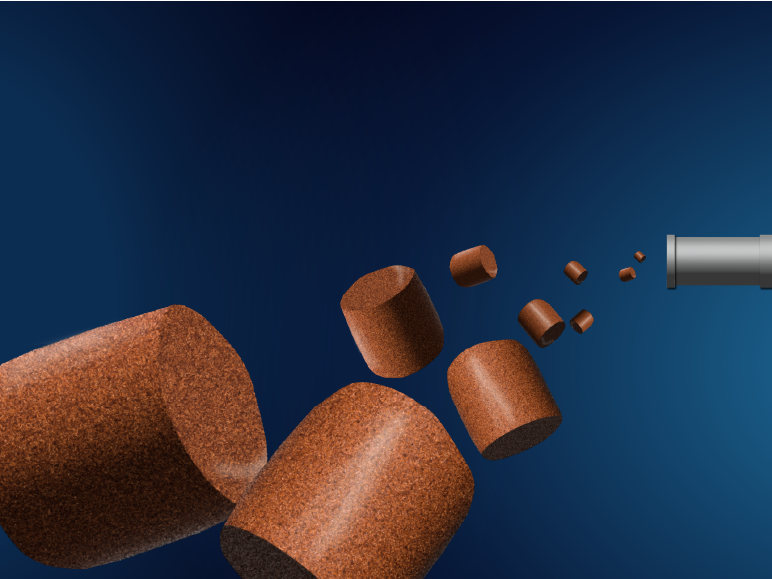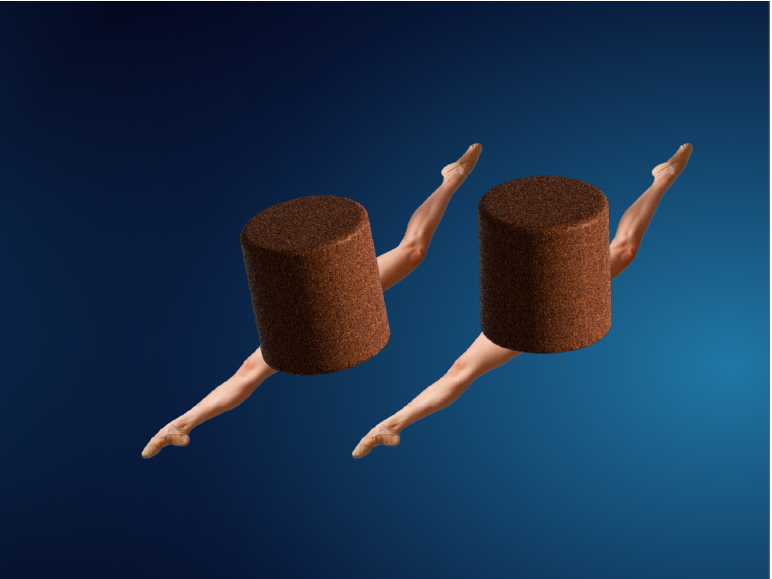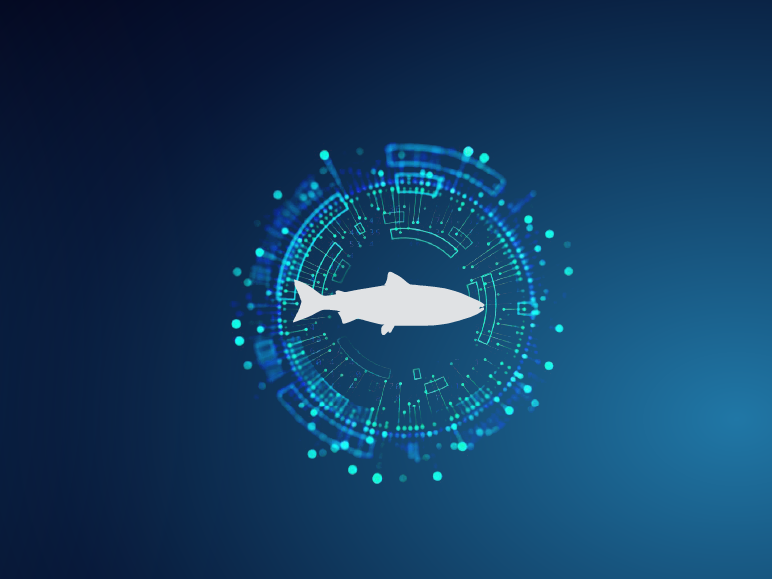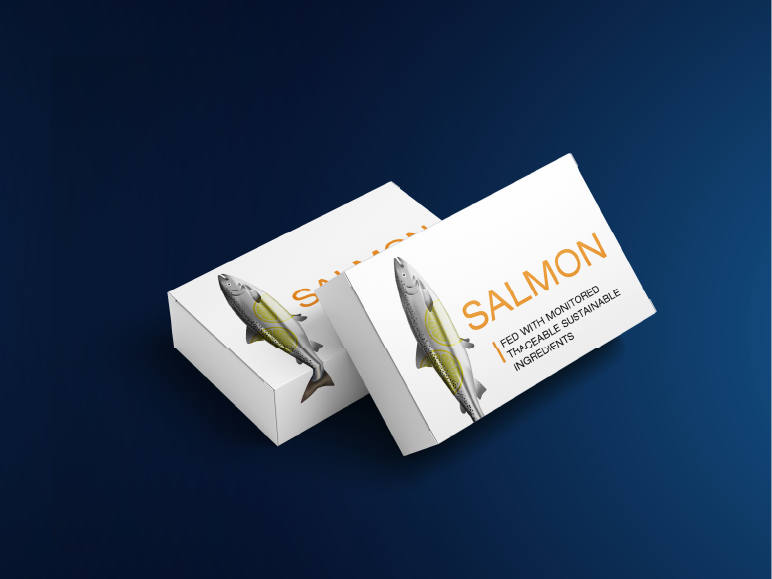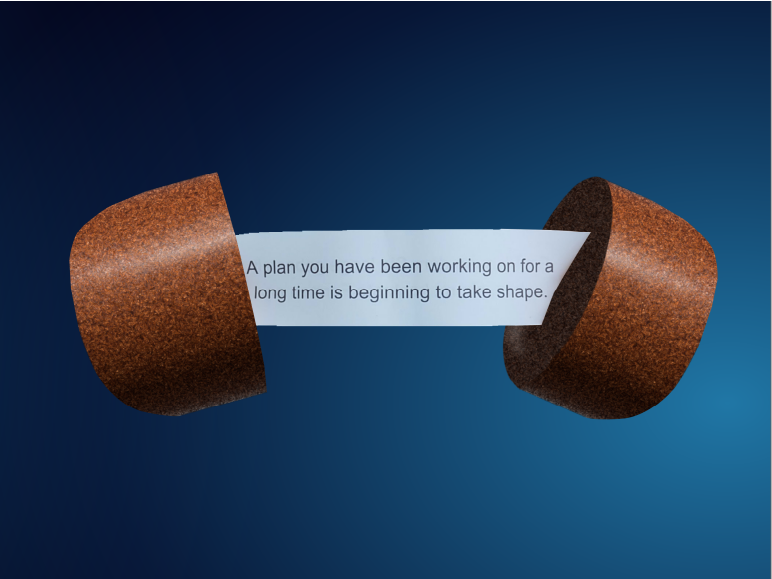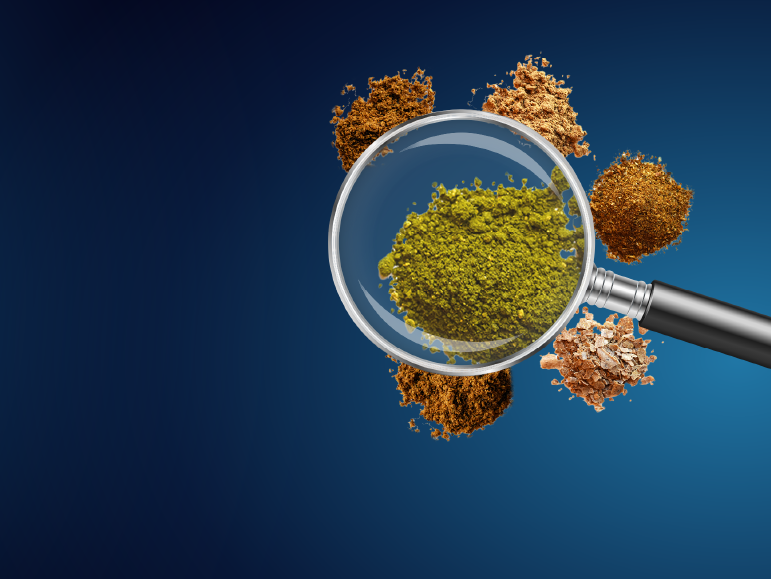
We are also conscious that what goes in must come out! This is particularly important when considering the nutrient profile of the feed, and to ensure that no excess nutrients are included (that would actually just be a waste). When it comes to closed aquaculture systems, where water is sometimes filtered and recirculated, this is even more critical.
To reduce the reliance on specific raw materials, we are constantly increasing our ingredient knowledge, and searching for new alternatives. Insects, algae and proteins produced by yeast and bacteria are some of the newest kids on the block.
We’re able to be fully flexible with our feed formulations thanks to significant R&D over the decades. This expanded ingredient base in turn creates less volatility and risk for our customers.
Check out our sustainability report for the latest information on feed ingredients, and read our series on ingredients here.

